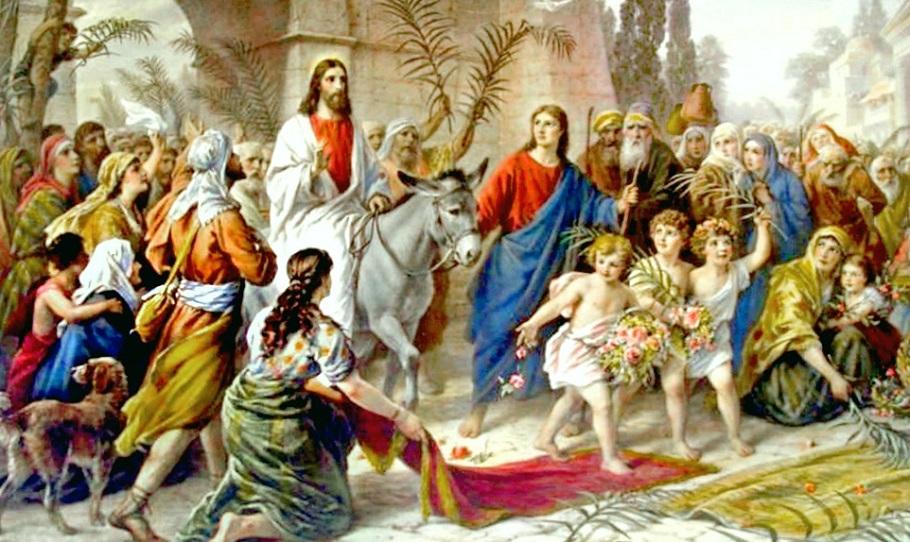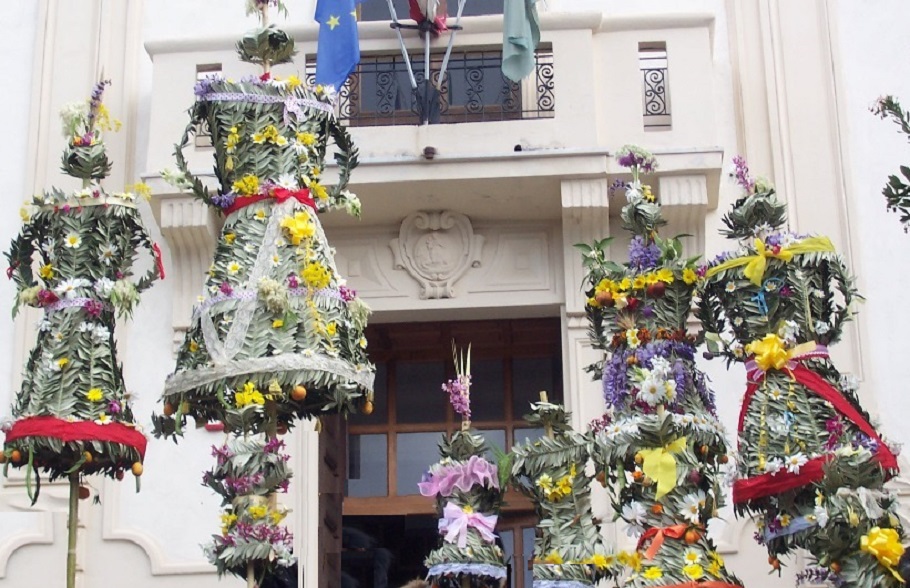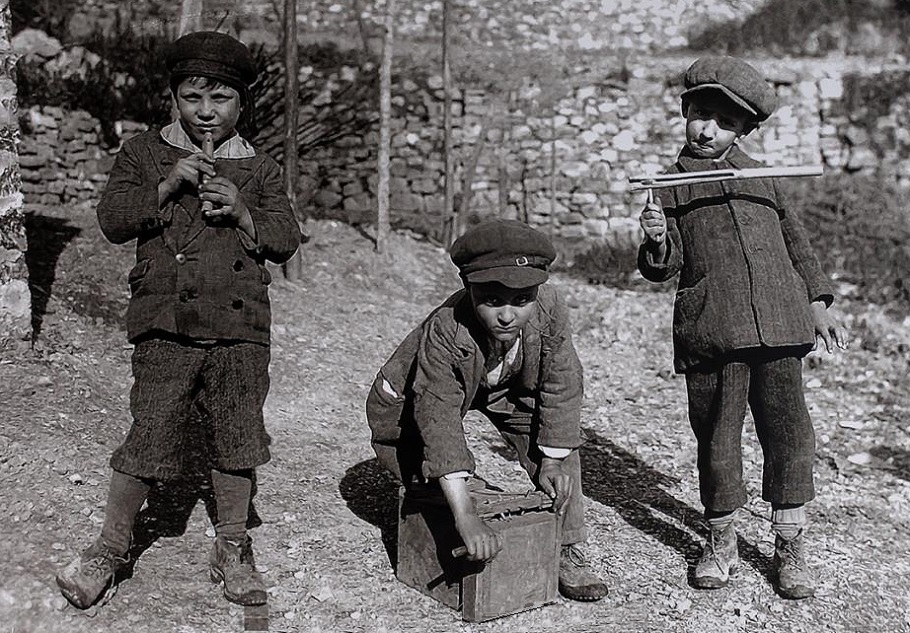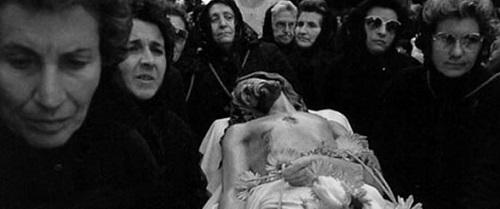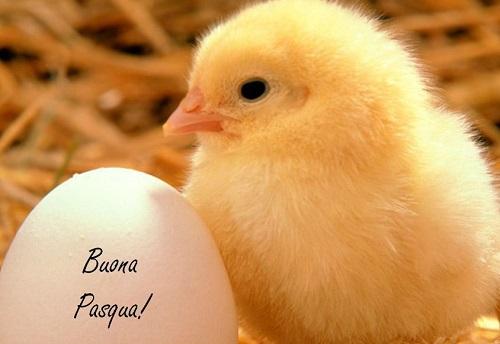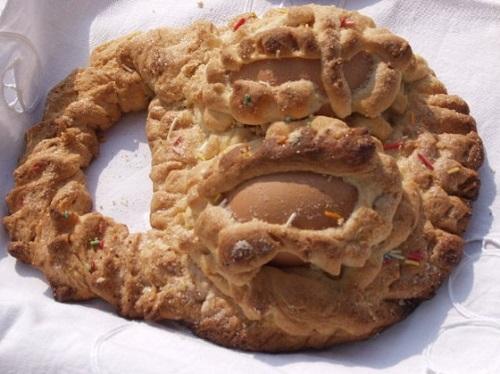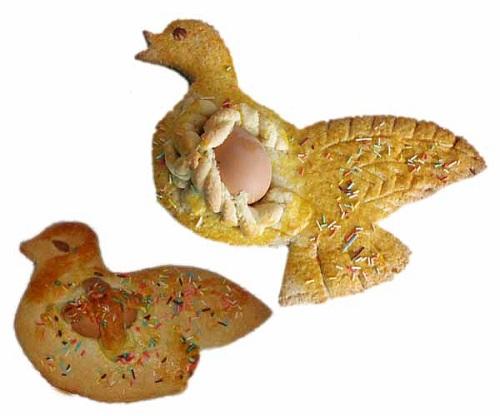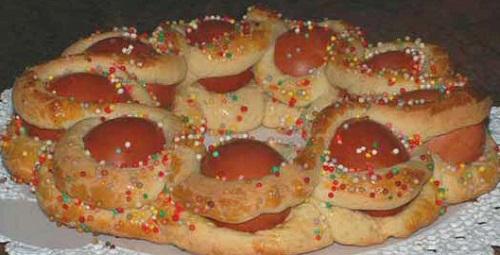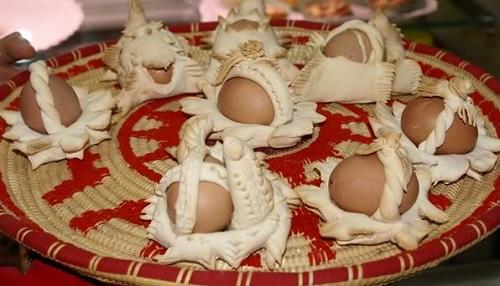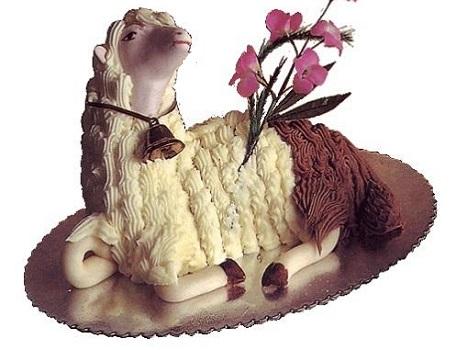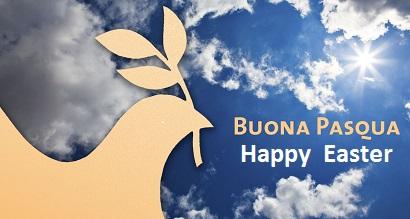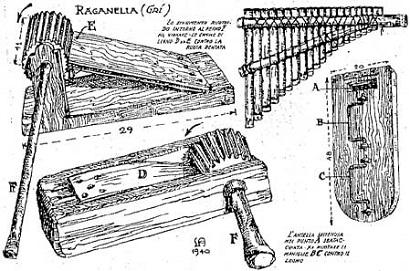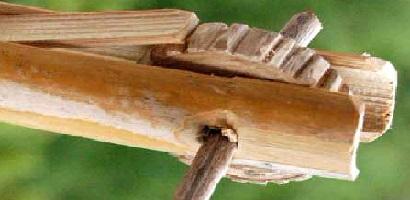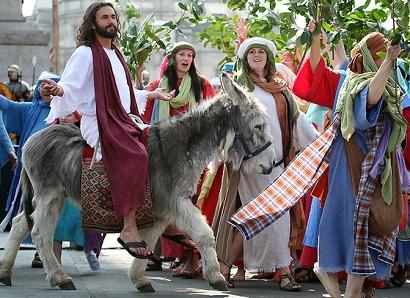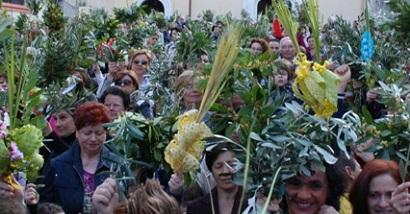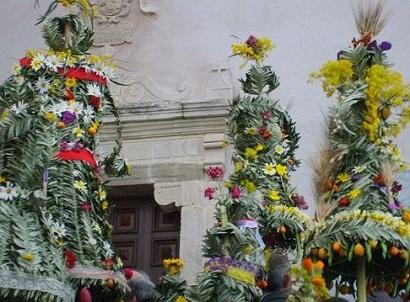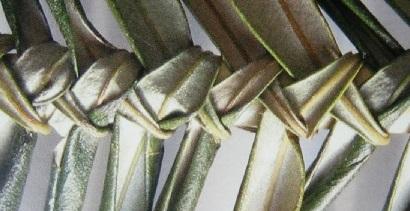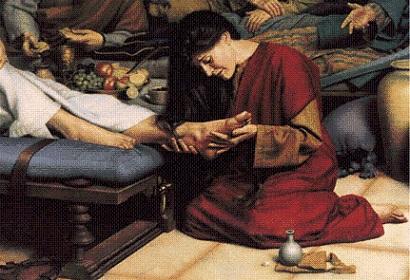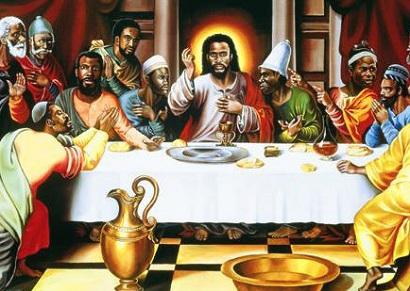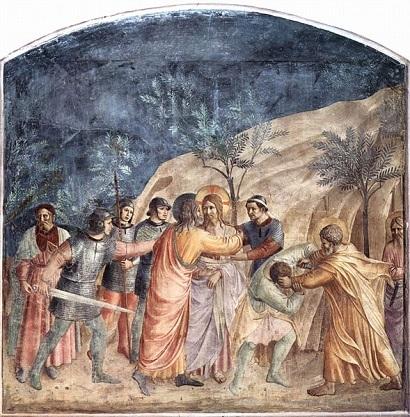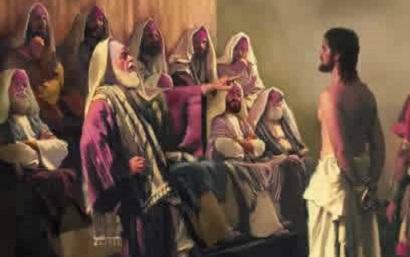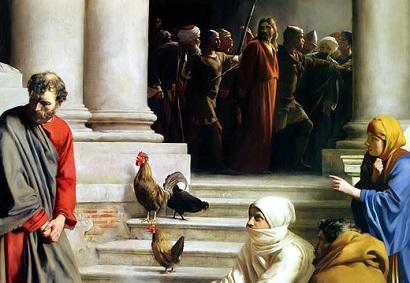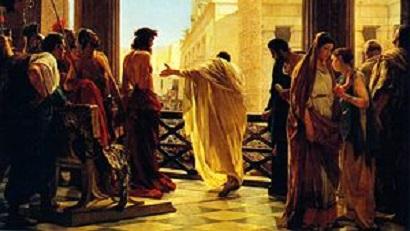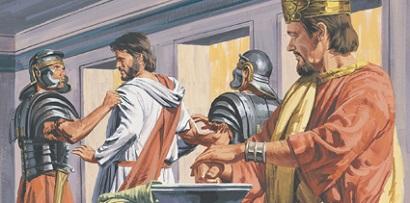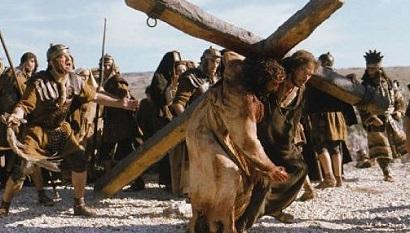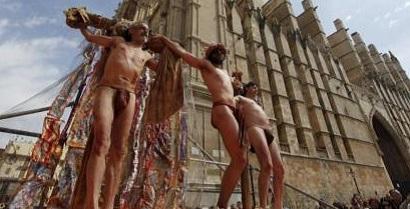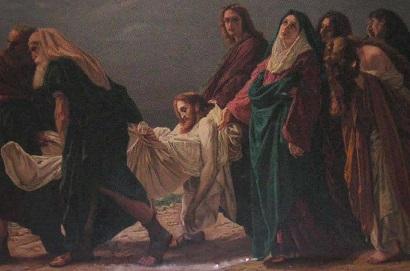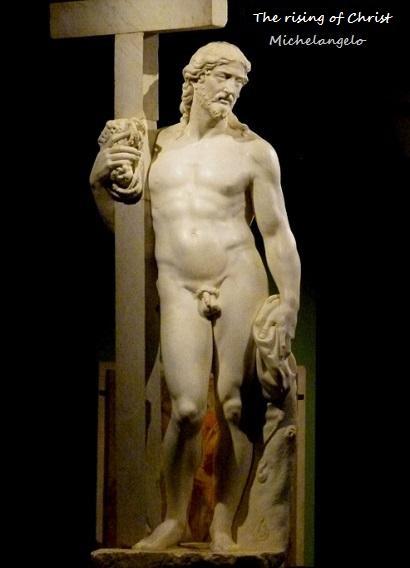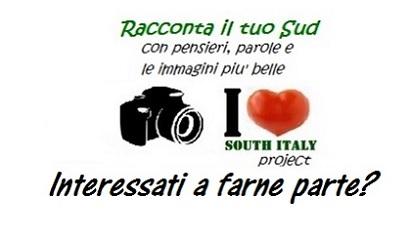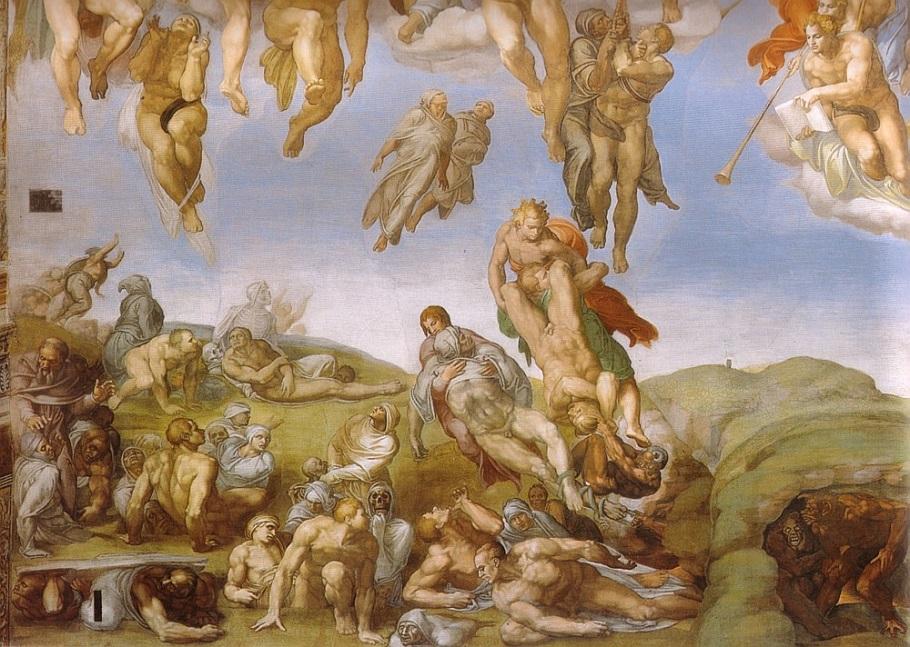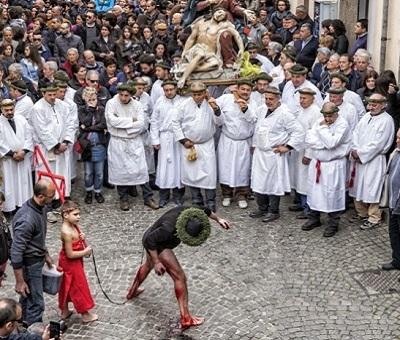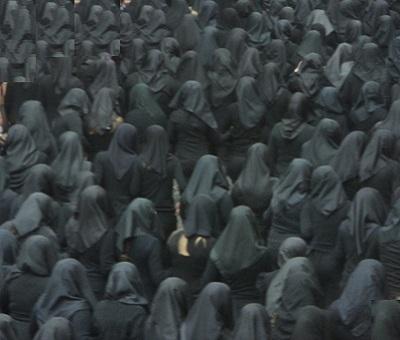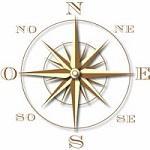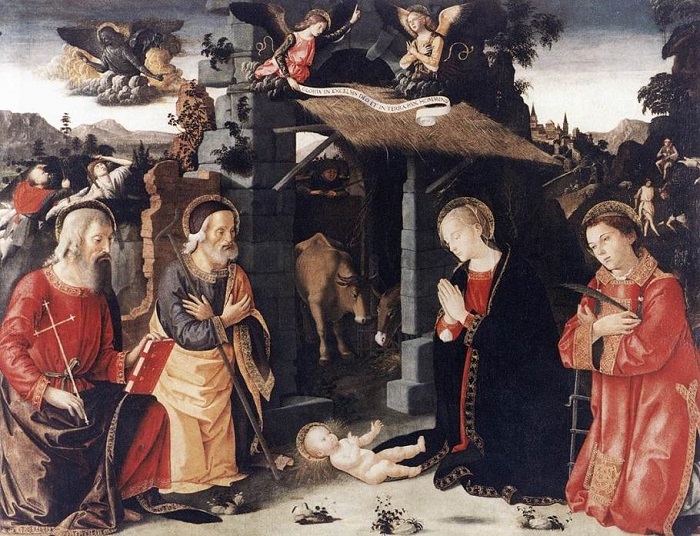|
The celebration of Easter in Southern Italy is a mixture of the sacred and the profane, capable of arousing deep popular participation.
The Holy Week is a series of performances and processions re-enacting and commemorating the Passion, Death and Resurrection of Jesus Christ.
The organized celebrations are complex and deep-rooted in traditions, creating a little world in itself.
U Lamientu - The oldest form of religious songs at Easter is the "lamentanza" (lament - wailing), sung during the procession of the Holy Thursday and Friday, solemnly celebrated in many southern regions.
The origins of these popular litanies poetic and tragic telling of the Passion of Christ, are to be determined as part of the rite of Easter repentance starting with the Lente period. (Forward manually to 24.10 to listen to the women).
The sound of voices evokes deep sadness, suggestions and emotions, through these songs you hear, metaphorically, the cry of the Madonna, at first, looking for her Son and then finding him dead on the Cross.
Only a few communities (particularly interesting are also the lamentatori di Sardegna and the Desolata procession held at Canosa, Apulia), preserved almost intact songs so archaic, whose expression is in stark contrast to the religious and liturgical singing of the official church.
Below: A glimpse of our Easter traditions. The video was kindly suggested by Nicola Murace - (Calabria), and is the most interpretive video available (You may want to forward manually of a few seconds).
Please visit Nicola on You Tube for more videos on Calabria.
(PS - The video is a bit noisy but is the only one that capture the ritual as I remember it)
In the typical religious live events marking the Holy Week and the passion of Christ in Southern Italy, we find at least three evocative rituals.
The leading thread of these performances is the sorrow for the death of Christ. For instance, in the video above, the women sing the so called " chiantu de Maria"
(Mary's cry).
A key role in the planning of the events taking place during the festivities, is played by the Confraternita' (Brotherhoods), of religious organizations, who submit their statutes to the approval of ecclesiastical authority.
Composed of faithful traditionally dedicated to caring of the needy, over time the confraternities became mainly involved with religious events.
The most prestigious and oldest Italian Confraternita' that still presides over the organization of Holy Week is the Real Maestranza of Caltanissetta..
The stage is usually the entire village, where the townspeople themselves play the Gospel characters, and some roles are inherited, so that a member of a prominent family may constantly take the part of Christ.
Carrying the statues, during Easter rituals is regarded as a very honorable responsibility.
Due to the demanding task , porters are usually selected based on their physical strength.
At times, though, other “parameters” come into play. Sometimes Saints carriers are members of important families in the village and that is just one of the privileges that have been acquired in the past and handed down from father to son.
The most common play is the "Pigghiata" (translated means 'taken') in reference to the betrayal and arrest of Christ in the olive garden.
The passing, following the crucifixion and finally, the
"Affruntata" (the meet) between the Madonna Addolorata (our Lady of Sorrows) and the resurrected son.
 One of the most controversial and significant event recalling the Passion and Death of Jesus Christ takes place at Nocera Terinese One of the most controversial and significant event recalling the Passion and Death of Jesus Christ takes place at Nocera Terinese
( in the province of Catanzaro and at Verbicaro in the province of Cosenza) and is known as 'I Vattienti'.
Men with naked legs who beat violently their thighs until they bleed and then blot with their blood the streets, walls and doors of the houses.
In order to increase bleeding the flagellate themselves with a tool called “cardo” (thistle), made of a cork with broken glasses embedded into it.
...a tradition still practiced today ...
The dramatization of evangelic story through statues finds its best expression in the “Affruntata”, a typical southerner manifestation .
The “Affruntata” ('the meeting)" , is a solemn procession of the statues of Jesus, Saint John the Evangelist and Mary, with the latter wearing a black veil as a mourning sign.
The ritual evokes the episode of the Resurrection Announcement and the encounter with the Risen Son.
In Sulmona, Abruzzo, the ritual is known as "La Madonna che scappa" (the running Madonna).
The origins of this event are uncertain.
The first documentation is given by a 1861 picture preserved by the local Brotherhood association (Confraternita'), but the origins may be older, possibly dating back to 600, if not to the medieval period.
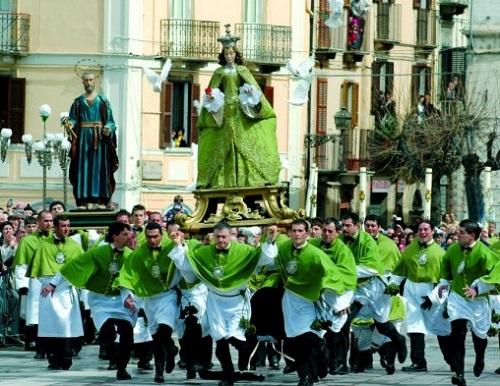
The Virgin Mary is accompanied by two apostles Peter and John and the statue of the Risen Christ.
The statue of the Risen Christ is then positioned under the arch on one side in the town square, opposite on the other side, in the church, is the statue of the Virgin Mary in mourning.
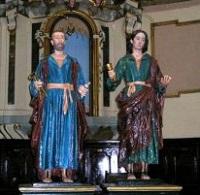 The two apostles at a slow pace are carried toward the church to announce the resurrection to the Virgin Mary. The two apostles at a slow pace are carried toward the church to announce the resurrection to the Virgin Mary.
John the apostle stops halfway while Peter goes knocking at the church 's door to tell Mary who refuses to believe (Peter is regarded as a liar due to his three denials made during Jesus's trial).
Peter then goes back to John and asks him to make the announcement to Mary.
The Madonna agrees to follow the two apostles and the gate of St. Philip church opens to the applause of onlookers.
The three statues are now at the center of the square where the two apostles stop, while, in the distance, the Virgin recognize the Risen Son.
The Madonna begins her "run" toward her son.
The black mourning mantle and handkerchief fall, giving way to a beautiful green dress embroidered with gold and a red rose, while 12 doves rise in the air, to the applause of the people, the notes of the local band, the firing of firecrackers...and viewer tears.
Holy Week in Caltanissetta ( Sicily) is one of the most important examples of Christian devotion in southern Italy. The rites begin on Palm Sunday, at dusk: the statue of Jesus of Nazareth, nestled on a flora boat , makes his entrance in the church of St. Agatha through its majestic staircase.
Sa Chida Santa (Sardinian name of Holy Week) is a time dense with rituals and religious activities, celebrated both by the Church and by the Brotherhoods.
The Sardinian Easter (sa Pasca manna) is influenced by Catalan traditions, retains some traces of the ancient rites Semites: Holy Friday's Chenàpura Friday (similar to the Jewish fasting) and "is allichirongius de Pasca" (ritual cleansing of the house).
The rites of Holy Week are all the religious events organized in different places of Sardinia by the local brotherhoods for Easter.
These ancient rituals tends to evoke the most significant moments in the life of Jesus Christ as described in the Gospels, since his arrest by the Romans to the Resurrection, alongside the official celebrations of Holy Week.
Traditional Easter cakes and sweets - The traditional sweets and cookies connect to the original symbolism of Easter as a rite of rebirth of nature, with the egg becoming itself a symbolic meaning of resurrection and hope.
Today, these traditional Easter breads assume different names depending on the locality in which they are prepared.
In my days it used to be a big family event.
The affair would start with mixing the dough in the first days of the Simana Santa (Holy Week), usually following Quaresima (The Lent), so that the cookies were ready by Good Friday or Easter Sunday.
The ingredients were few and easily available. Milk, flour, eggs, olive oil or lard (replaced with butter) , yeast, sugar, honey and mulled wine.
Ingredients : - 1.5 kg of flour - 350 gr sugar - 250 gr butter - 4 eggs - 1 glass milk - grated lemon or orange peel - yeast.
Decoration - 4 boiled eggs and colored candies.
Bake at 180 for 2o minutes
The shape and the number of decorative eggs used would give the bread a certain meaning, especially if it was to be giving as a gift.
For instance, the Ciciliu, typical Sicilian sweet shaped like a bell or a basket could be decorated with two eggs, while the "aceddu cu l'ovo" (bird with the egg)...
...and la “cuddura" (crown) below, could only have a uneven number of eggs.
For the "fidanzato" (boyfriend) the number of eggs could be as high as nine or eleven, seven for the "suocera" (mother in law), five would be enough for sisters and brothers in law, and three for the children.
Another typical sweet is the so called 'pupi cull'ova' (puppets with eggs), special breads or pastries of different sizes and shapes.
And...of course , we could not ignore the typical "Agnello Pasquale"
|
Holy week, or as we say in Italian, la Santa Pasqua.
During this week, as a sign of mourning and respect for the death of Christ, the church bells are silent.
In the cities, towns and inside the many monasteries where the passage of time was marked by the ringing of church bells this was a big problem.
Replacing the sound of the bells during this week of mourning, were various kinds of noise makers, improvised and improved over the years.
The most popular ones are the so called "Troccole", simple wood gadgets that make noise by shaking or by rotation.
Three times daily, local devotees, would walk the streets playing the instruments to give habitants an idea of the time.
The Holy Week, according to the tradition of the Roman Catholic Church, begins with Palm Sunday, when Jesus was welcomed with palm leaves upon entering Jerusalem.
To commemorate the entrance of the Messiah into Jerusalem, it is customary to have before Mass a blessing of palm leaves (or other branches, for example olive branches).
The blessing ceremony, preferably held outside the church includes the reading of a Gospel account of how Jesus rode into Jerusalem humbly on a donkey, reminiscent of a David victory procession, and how people placed palms on the ground in front of him.
This is followed by a procession with the participants holding the blessed branches in their hands.
Above and below: Characteristic hand made palms from the town of Bova-Superiore of Greek origins in Calabria.
They are called "Pupazze", female figures made with intertwined olive leaves, the tradition goes back to the myth of Persephone, which symbolizes the blossoming of nature during the spring.
The Passion is the short final period in the life of Jesus covering his visit to Jerusalem and leading to his execution by crucifixion, an event central to Christian beliefs.
Following a meal, days before the passover, Maria Magdalena anoints Jesus. He says that for this she will always be remembered.
Jesus shares the Last Supper with his disciples.
Gives final instructions, predicts his betrayal, and tells them all to remember him.
Jesus tells them they will all fall away that night; after Peter protests he will not, Jesus tells Peter he will deny him three times before the cock crows.
According to the canonical gospels, after the Last Supper, Jesus and his disciples went out to Gethsemane, a garden located at the edge of the Kidron Valley, thought by scholars to probably have been an olive grove.
Luke states that an angel appeared and strengthened Jesus, who then returned to his disciples.
The synoptic state that the three disciples that were with Jesus had fallen asleep, and that Jesus criticized them for failing to stay awake even for an hour, suggesting that they pray so that they could avoid temptation.

At that point Judas gave Jesus a kiss, as a pre-arranged sign to those that had accompanied Judas as to who Jesus was.
Having been identified, the officers arrested Jesus, although one of Jesus' disciples thought to stop them with a sword, but cut off the ear of one of the arresting officers.
The Gospel of John specifies that it had been Simon Peter who had cut off the ear of Malchus, the servant of Caiaphas, the Jewish high priest who is said to have organized the plot to kill Jesus.
Luke adds that Jesus healed the wound.
John, Matthew, and Luke state that Jesus criticized the violent act, insisting that they do not resist Jesus' arrest.
In Matthew, Jesus made the well known statement: all who live by the sword, shall die by the sword.
The arresting party brings Jesus to the Sanhedrin (Jewish supreme court) where according to Luke's Gospel, Jesus is beaten by his Jewish guards prior to his examination; Then they send him to Pontius Pilate.
Peter has joined the mob awaiting Jesus’ fate; they suspect he is a sympathizer, so Peter denies he knows Jesus. Suddenly the cock crows and Peter remembers what Jesus had said.
Pilate, the Roman governor, finding Jesus innocent, gives the screaming Jewish crowd the choice of saving Barabbas, a criminal, or saving Jesus.
In response to the screaming mob Pilate sends Jesus out to be crucified.
In all the Gospels, Pilate asks Jesus if he is King of the Jews and Jesus replies So you say.
According to the Gospel of John, Pilate has Jesus brought out a second time, wearing the purple robe and the crown of thorns, in order to appeal his innocence before the crowd, saying "Ecce homo", "Behold the man".
But, the priests urge the crowd to demand Jesus' death. Pilate resigns himself to the decision, washing his hands (according to Matthew) before the people as a sign that Jesus' blood will not be upon him.
According to the Gospel Jesus is forced to drag his own cross to Golgotha, the location of the execution.
According to the Gospels, two thieves are also crucified, one on each side of him.
One of the thieves reviles Jesus, while the other declares Jesus innocent and begs that he might be remembered when Jesus comes to his kingdom (see Saint Dismas).
John records that Mary, his mother, and two other women stand by the cross as does a disciple, described as the one whom Jesus loved.
Jesus commits his mother to this disciple's care.
According to the synoptic, the sky becomes dark at midday and the darkness lasts for three hours, until the ninth hour when Jesus cries out Eloi, Eloi, lama sabachthani? (My God, why have you forsaken me?)
The centurion standing guard, who has seen how Jesus has died, declares Jesus innocent (Luke) or Son of God (Matthew, Mark).
John also says that, as was the custom, the soldiers come and break the legs of the thieves, so that they will die faster, but that on coming to Jesus they find him already dead. A soldier pierces his side with a spear.
|

